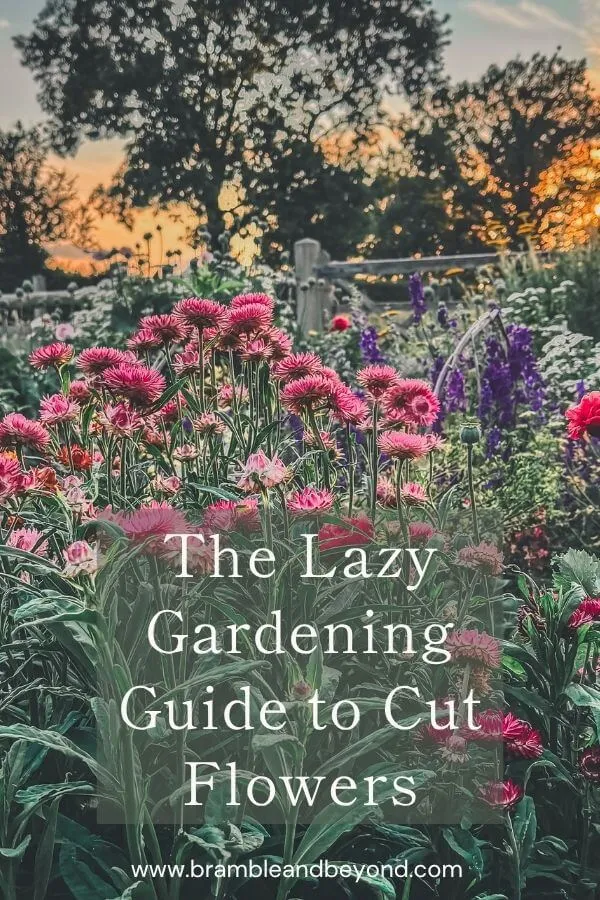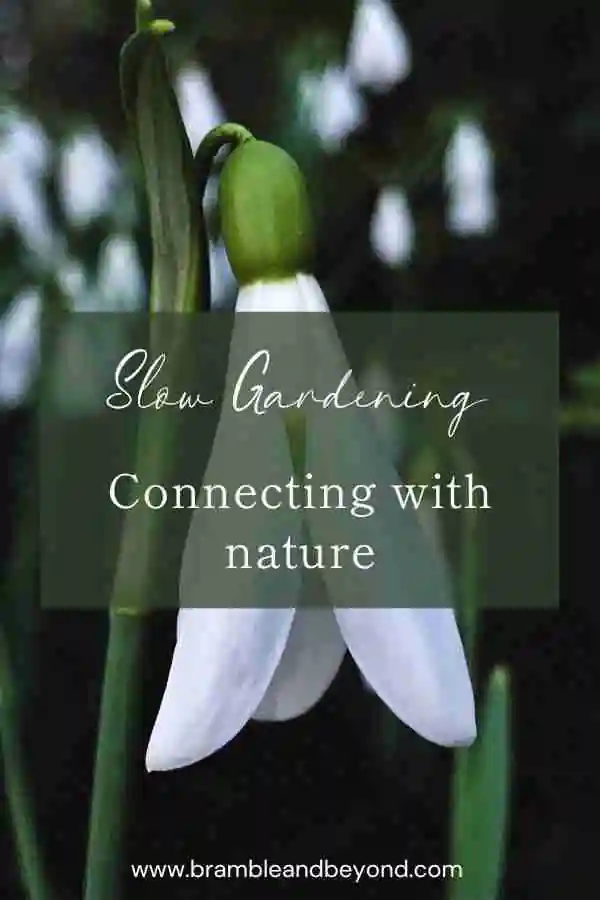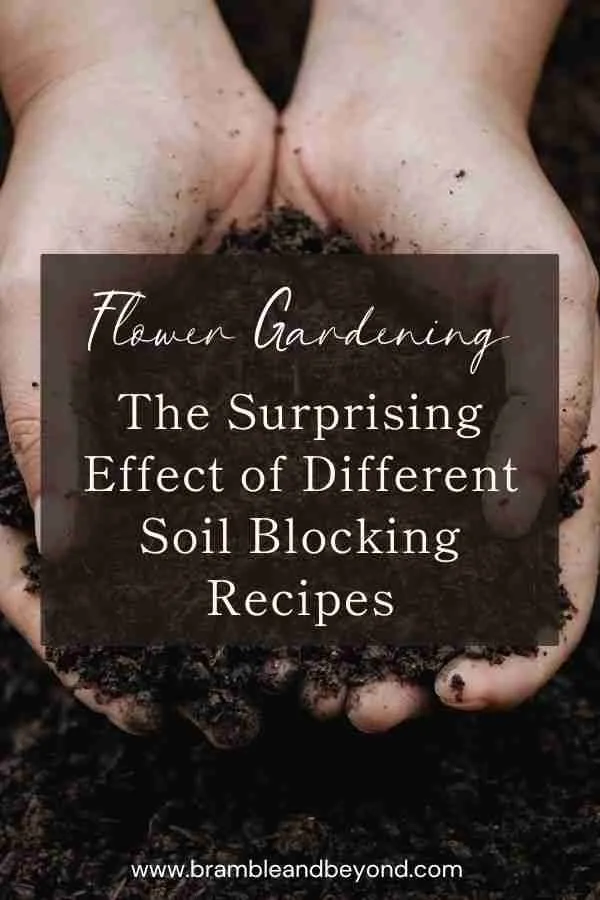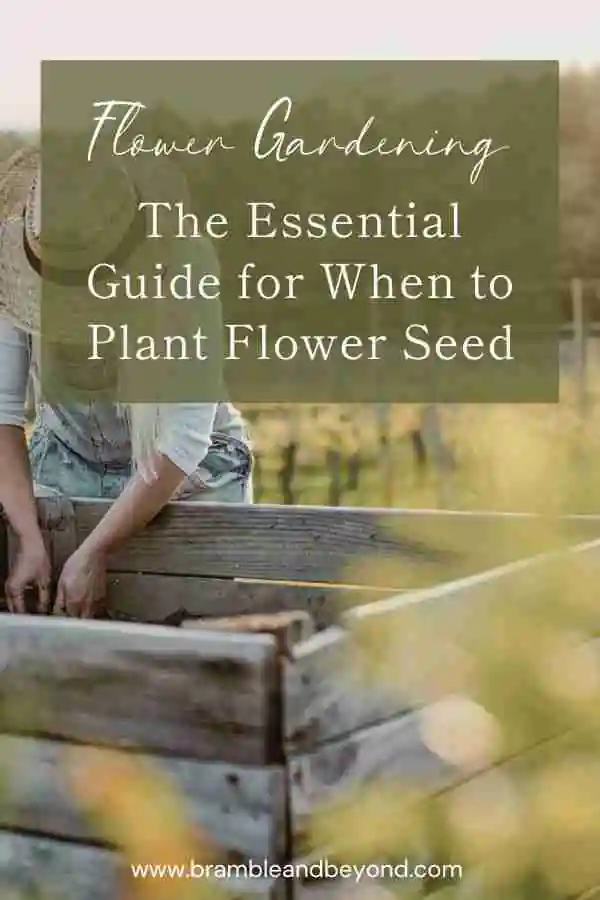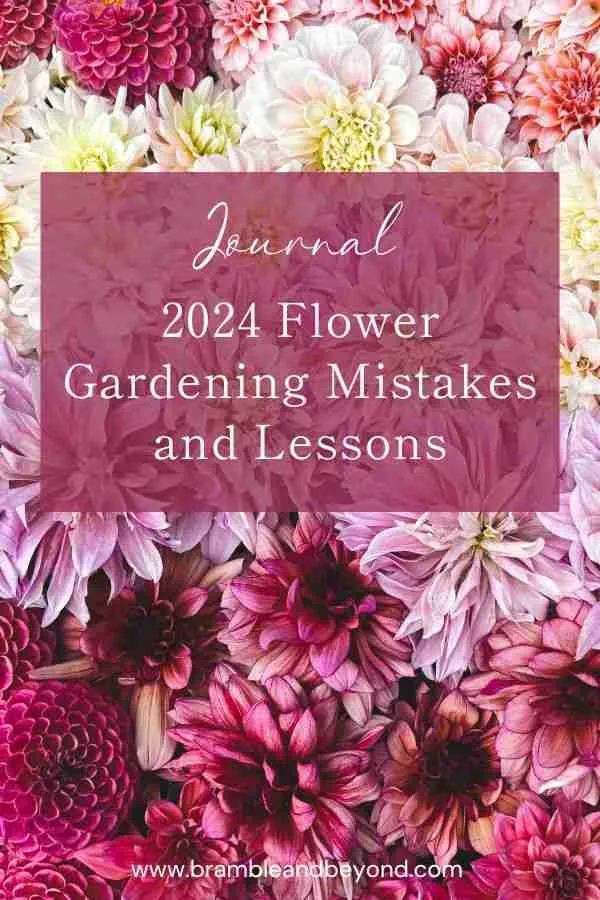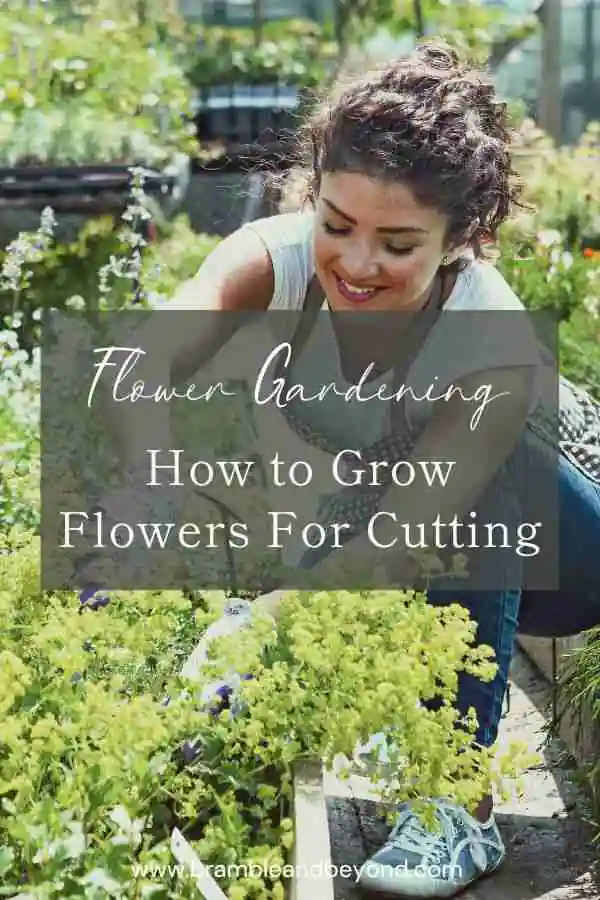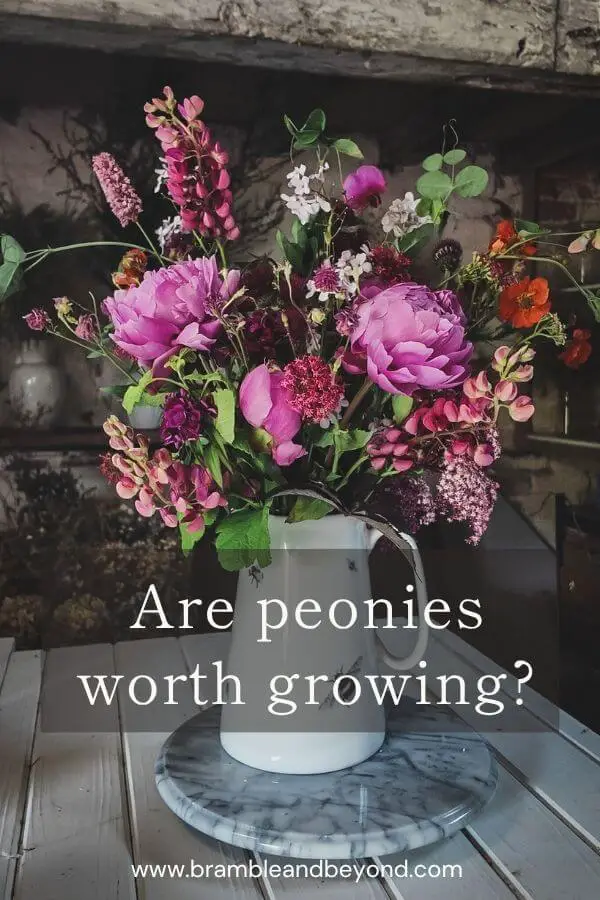Disclosure: This post may contain affiliate links, meaning I get commission if you decide to make a purchase through my links, at no cost to you. Please read my Affiliate Disclosure for more information.
Lazy gardening isn’t really about being lazy. It’s about being clever with your time, energy, and attention.
Whether you’ve got a dedicated patch, a few pots on the patio, or just Sunday afternoons to spare — you don’t need to do everything to grow something beautiful. You just need to do the right things, at the right time, in a way that works for you.
This post is for anyone who dreams of armfuls of flowers but doesn’t have hours to spare. And maybe, like me, you’re not interested in spending your precious free time propping up a collapsing dahlia every other day.
Let’s talk about how to get more from your garden — with less work, more joy, and zero guilt.
Step One: Define Your Version of Success
The biggest source of overwhelm? Trying to do everything, all at once, in the way someone else said was “best.”
Start with this question:
✨What does success look like for you?
- A weekly bunch on the kitchen table?
- Enough dried flowers for a few winter wreaths?
- A patch that looks pretty even when life gets busy?
- A wild corner of colour that you enjoy with a friend and a glass of wine?
When you’re clear on what you want, you can stop chasing everything else. Because let’s be honest — if you burn yourself out trying to create someone else’s “perfect garden,” you’ll stop enjoying the time you spend in it. And that defeats the whole point.
At our house, my husband loves lawn — neat, open, manageable. I love borders — full, textural, expressive. He’s in charge of the mowing. I handle the chaos. And when he complains about my unruly patch, I mentally count the hours he spends cutting grass and smile to myself. Because my patch takes less time? It’s colourful, a bit wild, and surprisingly efficient. I’m not working in it… I’m part of it. I guide it, gently, and it mostly runs itself.
That’s the magic of low-effort gardening. It might not look tidy, but it’s working.
Step Two: Use Smart, Low-Effort Systems
Here’s how I reduce the effort in my cutting garden — without sacrificing beauty or impact.
1. Choose Plants That Do the Work for You
The best kind of flowers? The ones that do more, for less.
Look for plants that:
- Flower for a long time
- Don’t need staking or pampering
- Grow easily from seed
- Dry well or last long in a vase
- Bounce back with every cut (aka cut-and-come-again)
Some of my go-tos: cosmos, statice, amaranthus, snapdragons, scabious, zinnia, dahlias.
Perennials are great for low maintenance, but annuals and biennials give you more control over when and how they flower. Once established, most just need a bit of harvesting — which in turn encourages more blooms.
2. Start Seeds Smart: Soil Blocks Indoors
I sow into soil blocks and germinate inside — partly because it’s easier to monitor, but mostly because the greenhouse is a bit of a trek, and I’m not keen on braving cold spring mornings more than I need to.
Soil blocks take up less space and allow me to start things off inside. Once they sprout, I move only the successful seedlings into deep trays and out to the greenhouse — no wasted effort on non-germinating seeds.
3. Use Deep Seed Trays to Skip Potting On
The deeper the tray, the longer the seedling can stay there — no potting on needed.
Yes, good trays are pricey and hard to find, you’ll find the ones I use here, but they’ve saved me so much time. I know that each tray holds about 20–30 seedlings, which translates to around 1m² of planting. That means I can calculate my space just by counting trays — no complicated spreadsheets needed.
4. Mulch Like You Mean It
Mulching in autumn and spring is one of the best investments you can make.
It:
- Reduces weeds
- Retains water
- Feeds the soil
Less weeding, less watering, better flowers.
This year, I’m trialling a cover crop to replace some of the mulch and add organic matter directly. If it works, it’ll mean less compost shifting for me — and more time with a cuppa watching it grow.
5. Harvest for Drying = Flexible Flowering
Don’t get me wrong — fresh flowers are lovely. But they come with pressure: cut now, condition quickly, arrange today.
Having a few flowers just for drying removes that urgency. You can harvest when it suits you, dry them in your own time, and create when the mood strikes. And because drying flowers is slower, it often makes the whole process feel more intentional and creative.
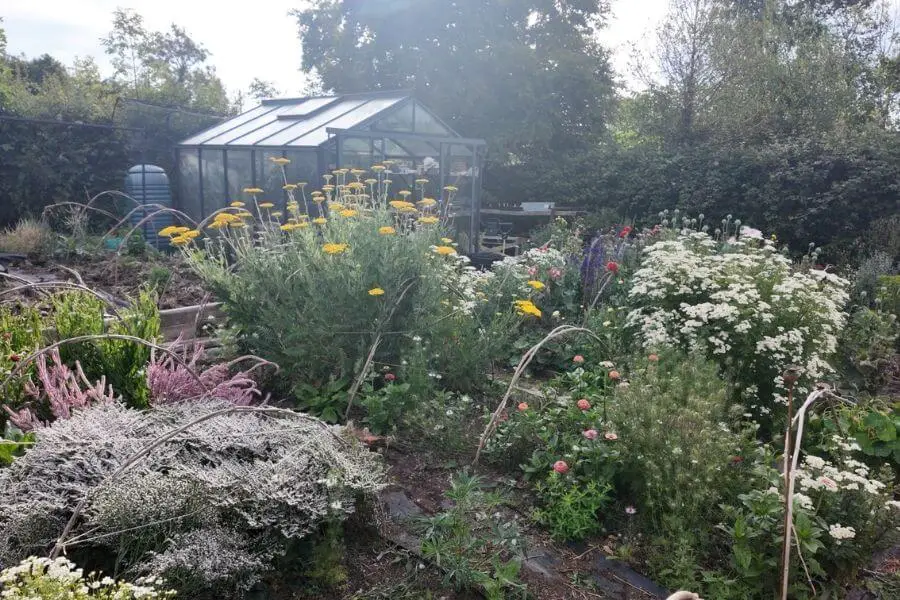
Step Three: Be Okay with Imperfect Beauty
A few weeds? Fine.
Skipped deadheading? Totally fine.
Your garden doesn’t have to be pristine to be beautiful. And you don’t have to be “on top of it” to be a real gardener.
One of the best mindset shifts I’ve made is this:
Grow for you — not just for how it looks.
It’s easy to leave the best flowers in the garden, hoping to impress visitors or make things look nice from a distance. But if a bunch of flowers on your kitchen table brings you more joy than the view from the path? Pick the flowers.
It’s easy to fall into the habit of saving the “best” flowers — leaving the fullest blooms standing tall in the garden while you bring in the leftovers. But more often than not, those prized flowers go past their best, unappreciated. I’ve learned to pick the ones that bring me joy now — to fill the vase with colour rather than wait for a ‘perfect moment’ that might never come. Your best flowers deserve to be enjoyed, not just admired at a distance.
Step Four: Do a Little, Often
One of the easiest ways to make gardening feel manageable is to let go of the “big session” mindset.
- 5 minutes to water seedlings
- 10 minutes to cut a bunch
- 15 minutes to weed one bed
That’s all it takes. These little bits add up — and they’re far more achievable than waiting for a full, uninterrupted day that might never come.
This is gardening that fits around your life — not the other way round.
Step Five: Make Your Garden Work for You
Here are a few more small shifts that save time and reduce effort:
- Permanent supports: I use bent hazel branches that last multiple seasons
- Compost once, mulch once, rest easy
- Sow in autumn for a head start (and a lighter spring)
- Experiment with cover crops to reduce composting later
- Avoid thinning by sowing more carefully up front
- Don’t dig — it’s rarely needed
- Stake before plants fall over, not after
- Only grow what you’ll actually need
- Leave roots in the ground to compost in place
Basically: if it feels like busywork, it probably is. Nature knows how to grow. You just have to support her — not micromanage.
Every small investment of effort now should save you tenfold later. That’s how you build a garden that feels good and works hard.
Final Thought: Let Beauty Be Enough
If you only grow one pot of cosmos and it brings you a smile — that’s a win.
If your garden looks wild but fills your home with colour — that’s more than enough.
You don’t need to grow everything. You don’t need to be perfect.
You just need to grow what brings you joy — in a way that fits the life you’re actually living.
At the end of the day, a “lazy” garden isn’t a lesser garden.
It’s a sustainable one. And often, a more joyful one, too.
Next Read:
If this post gave you permission to slow down but you’re still wondering how to start small — you might like this one:
👉 5-Minute Gardening: What You Can Do in Tiny Pockets of Time

